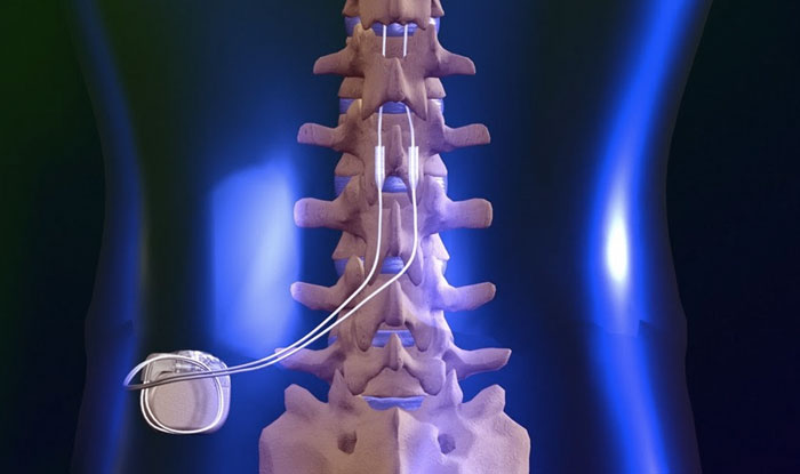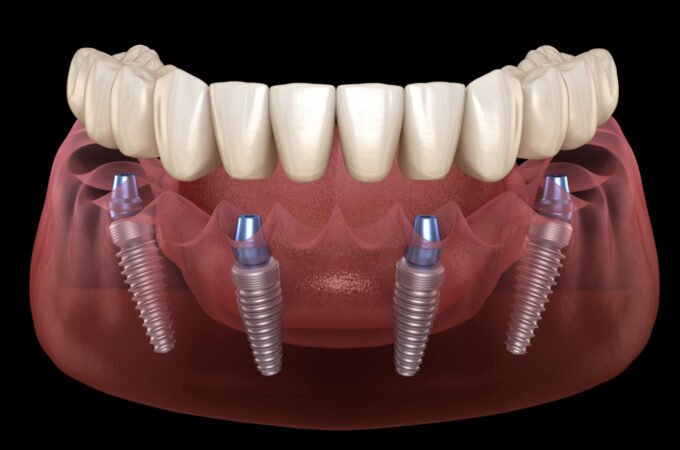
Important Facts About Spinal Cord Stimulation
Spinal cord stimulation (SCS) is a treatment option that helps an average of 100 million people with chronic pain. The treatment delivers small electrical pulses to the parts of the spinal cord that sense pain. As a result, it alters the pain signals going to the brain. It is an excellent treatment option for chronic pain. Keep reading to learn some essential facts about spinal cord stimulation in Colonia.
How Is It Done?
Spinal cord stimulation is a treatment procedure that uses electric currents to keep pain signals from your spine from getting to your brain. The procedure is completed by implanting lead close to the spine. It sends electrical pulses to your brain.
The procedure is relatively simple, and it takes about an hour. It is performed under local anesthesia. The permanent leads are implanted in your chest, abdomen, and buttocks. Generators are placed outside your body. You can control the electrical current that the generator produces. You can, therefore, customize it to address your pain levels.
Who Is a Good Candidate?

Before determining your eligibility for the procedure, your doctor will evaluate your pain history, physical condition, and medication regimen. They may suggest SCS if it is consistent with your needs. You may be a good candidate for the procedure if:
- Other therapy options have failed
- You have been through a successful SCS trial
- You don’t have any medical conditions that could make it unsafe to get the procedure
- You are experiencing pain caused by a fixable problem
- Additional surgery wouldn’t benefit you
- You don’t wish to endure the complications of further surgery
- You do not have any drug addiction or untreated depression
SCS can help reduce chronic pain caused by:
- Failed back surgery syndrome
- Complex regional pain syndrome
- Chronic arm or leg pain
- Arachnoiditis
- Multiple sclerosis
- Spinal cord injuries
- Stump pain
Safety

The procedure is safe and minimally invasive. The risks are minimal as it only needs a tiny incision. It is safer than traditional surgeries, which may require longer incisions.
The recovery period is short, and the risks for excessive bleeding, infection, and other complications are minimal.
However, there are a few risks. They include nerve damage, pain at the surgical site, and infection. The stimulator may fail to work after implantation.
Does It Work?
Spinal Cord Stimulation has been proven to work. It is a great way to reduce chronic back pain—most people who have had the procedure experience up to 50% pain reduction. However, the treatment does not treat the underlying cause of the problem. It is only useful in relieving pain and discomfort. It reduces your need for pain medication.
In conclusion, spinal cord stimulation therapy is a great treatment option for masking chronic pain. Even though it does not treat the underlying cause of the problem, it could make your life more bearable. Spinal Cord Stimulation is a great way to treat chronic back, arm, or leg pain. The results of the procedure are reversible, so you can stop it whenever you want.




